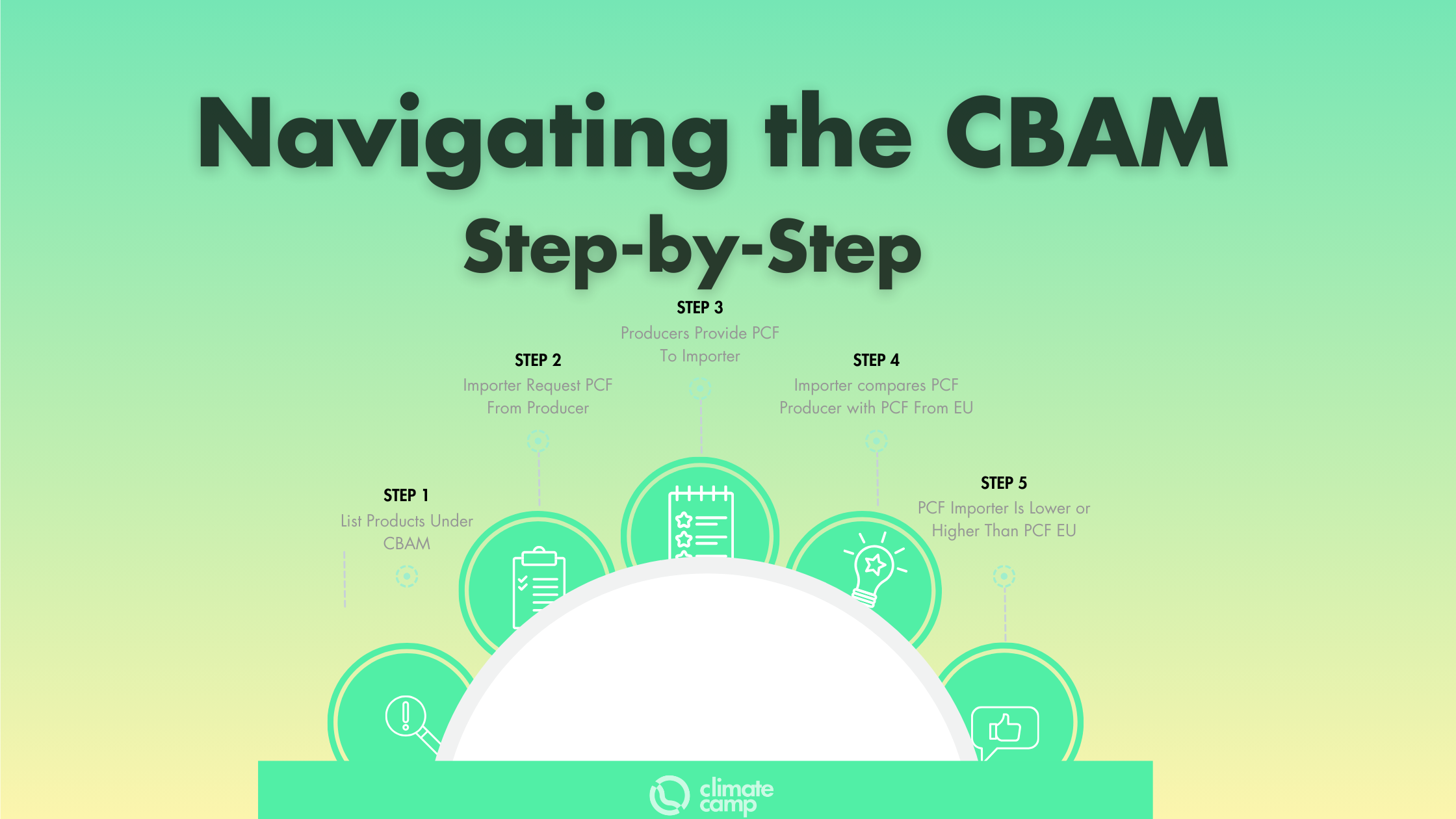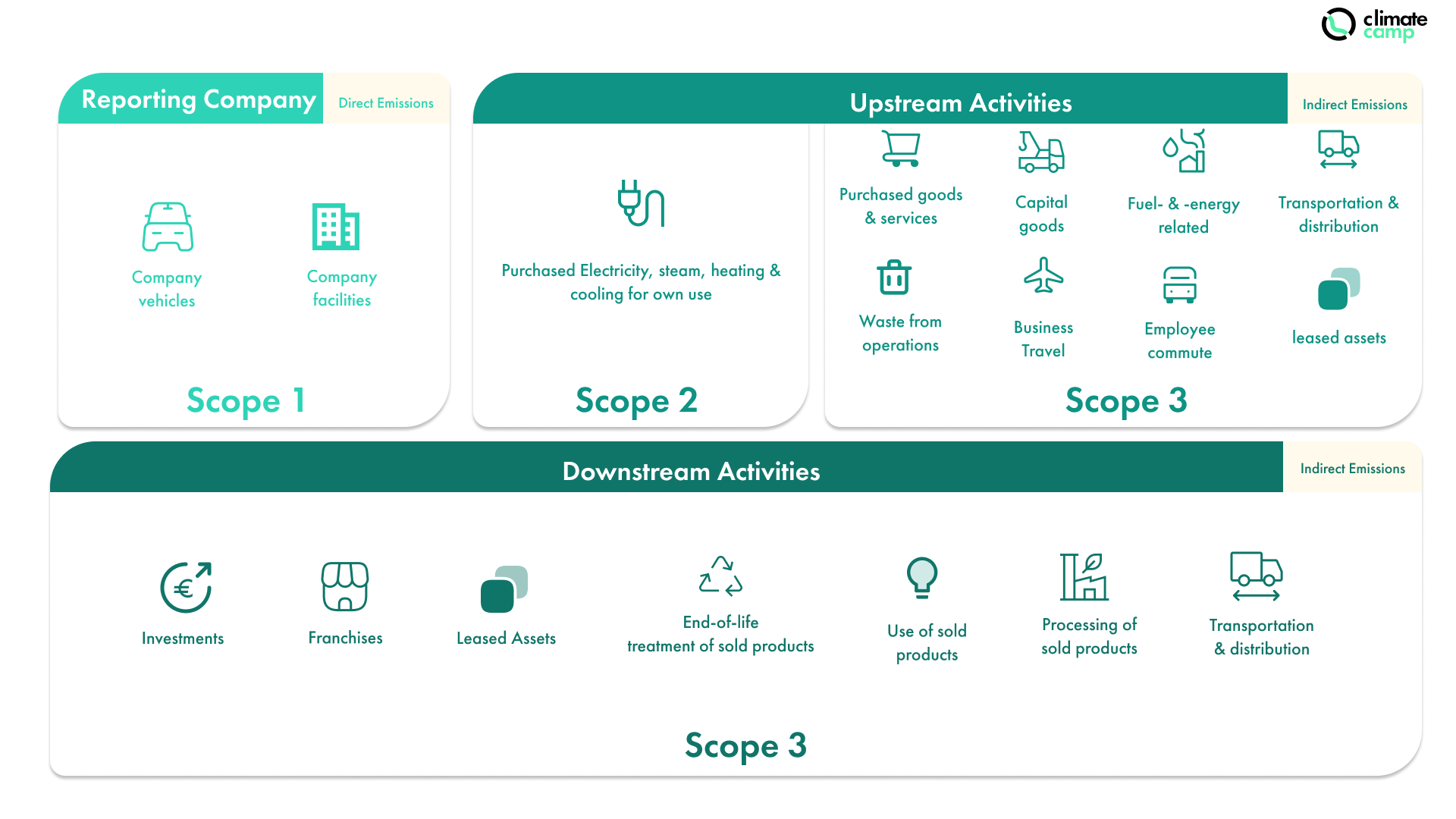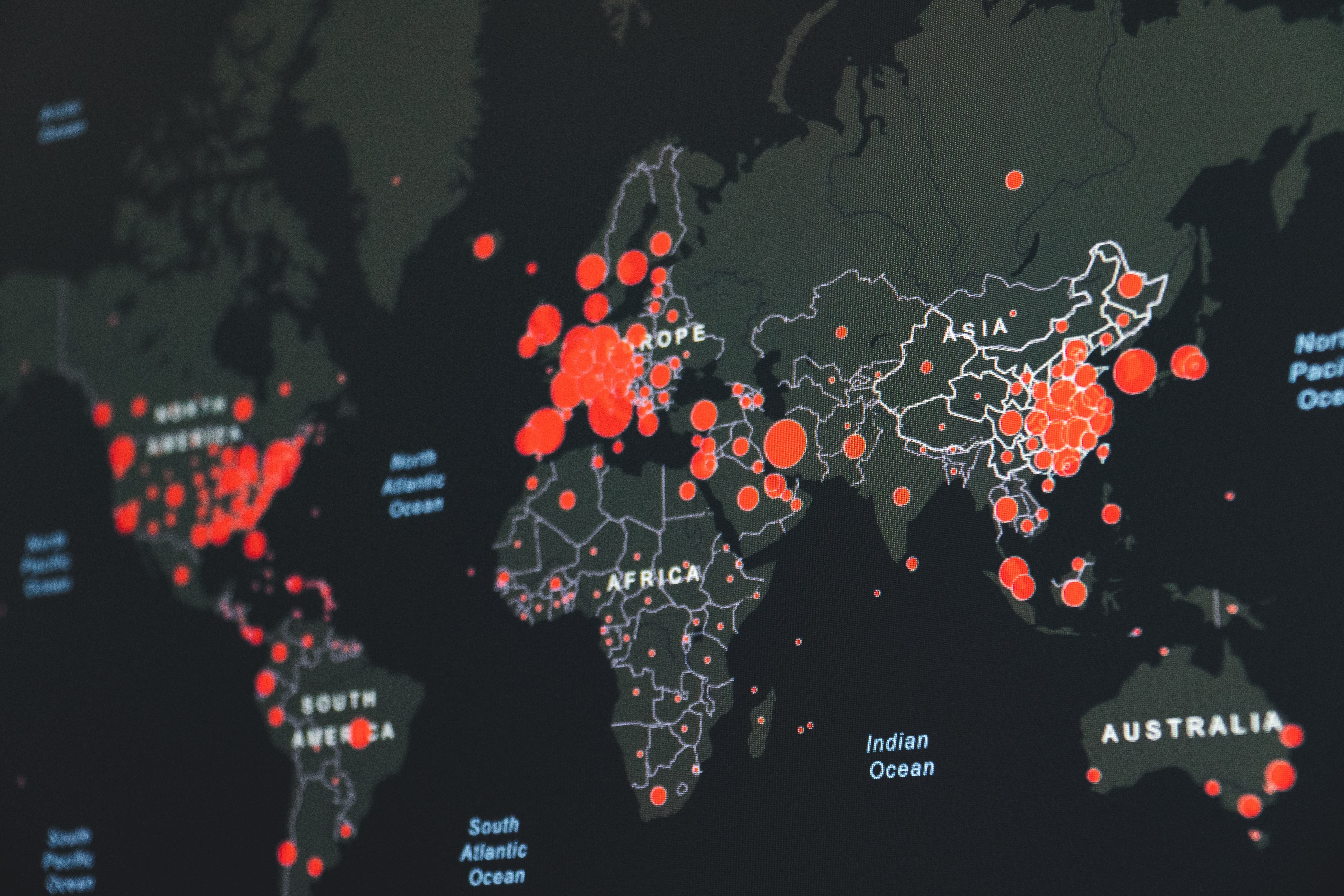A Guide to Navigating the CBAM: Step-by-Step
Discover how businesses can effectively navigate the Carbon Border Adjustment Mechanism (CBAM) with this comprehensive guide.

Discover how businesses can effectively navigate the Carbon Border Adjustment Mechanism (CBAM) with this comprehensive guide.


As we know Scope 3 pertains to all the indirect emissions that take place within a company's value chain. The 15 categories under scope 3 serve as a structured model...

Namely, the Science Based Target Initiative is the body that provides a clear carbon reduction pathway, setting targets for organisations and businesses to limit their emissions and providing recommendations and guidelines.
The private sector must play a fundamental role in reducing GHG emissions by embedding science-based targets in sustainability management: setting a science-based target is a five-step process including committing to the target, developing it, submitting it for validation, communicating it to stakeholders, and disclosing progress annually. Embedding science-based targets in sustainability management is crucial to cope with new national and international regulations, while also best positioning in a more sustainability-sensitive market.

On the 10th of November the European Parliament approved the Corporate Sustainability Reporting Directive (CSRD) as part of the EU legal framework.
